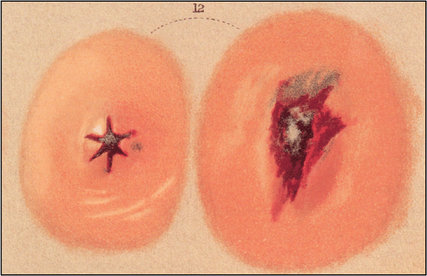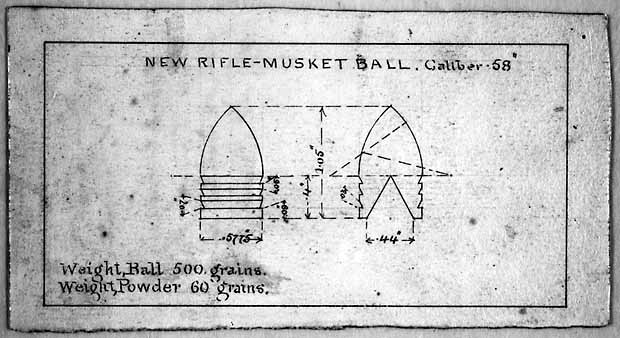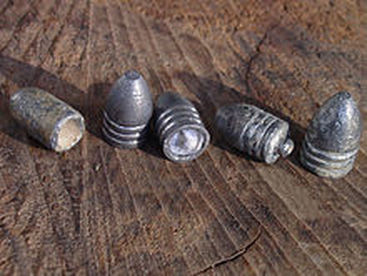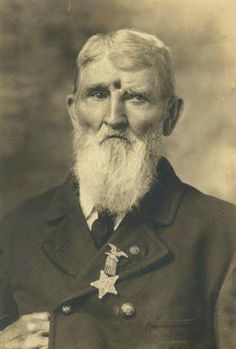Civil War injuries were brutal, and medical care for those only hit in a limb bone typically involved amputation.
The modern version of this is a typical shotgun slug.
But lack of accuracy at distance, weight of ammunition, and limited capacity along with significant recoil caused such projectiles to be replaced. Modern adoption of body armor by most professional threats put the nail in the coffin for the remaining slow, large, non-explosive projectiles.
About the only use left is for breeching where payload still matters more. Along with some use against disarmed prisoners who won't be in body armor, and if they manage to acquire the firearm will still be at a disadvantage to the body armor wearing rifleman that will be responding with longer range higher capacity weapons.





